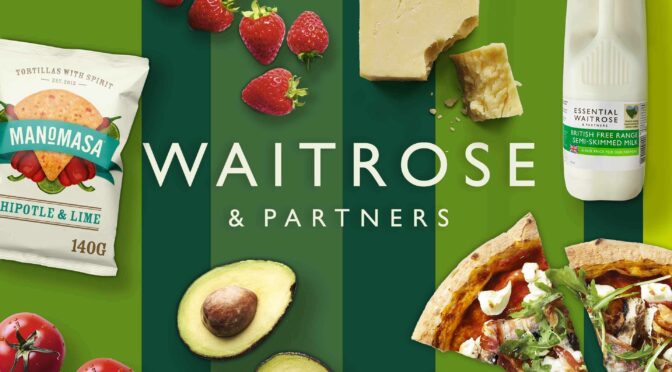The word branded content gets banded around quite frequently but what does it actually mean? How does it specifically apply to video? And how can I use it to win more customers?
Wikipedia (always to be taken with a pinch of salt) defines Branded Content as “the practice of marketing via the creation of content that is funded or outright produced by an advertiser” as opposed to “content marketing” which “is a form of marketing focused on creating, publishing, and distributing content for a targeted audience online.” Surely then that’s different to advertising which Wiki describes as “Advertising is a marketing communication that employs an openly sponsored, non-personal message to promote or sell a product, service or idea”?
Confused? You are not alone. I’ve sat through many talks with industry leaders who often find it hard to put their finger on the true definition of “branded content”. The lines between advertising and content marketing are often blurred, but one truth remains; branded content offers value to the audience but serves the brand that created it.
If you are interested in what counts as branded content and how to define it then here’s a series of examples from the Haagen Dazs Youtube Channel…
This is their advert. No two ways about it. They are showing the product and pushing their agenda.
But then look at these three videos and their different forms of branded content.
This film was made by well-known filmmaker Morgan Spurlock. It’s a mini documentary that is sponsored by Haagen Dazs. So its branded content right? Seems simple enough.
And what about this video? It tells the story of the Jam Stand company. Seems like a classic bit of content marketing; an interesting story about these entrepreneurs, with a bit of product placement toward the end.
But then it gets slightly confusing. This video is an amazing 360 VR experience looking at the plight of the honey bee. Its a great bit of content that adds value for people watching. But it was commissioned by Haagen Dazs to shout about the social purpose work they are doing so it’s strongly pushing their agenda. So is it branded content or a clever bit of advertising?
Ultimately semantics aside, there’s one thing that unites all three pieces of branded content; they all put the “Audience-First” by offering value to the audience rather than being just a straight-up advert. And when you are creating video, this part is critical if you want to generate more interest in your company, greater customer allegiance and sales.
So how do I create branded content for my business?
Its actually quite simple to create your own branded content. It just takes a bit of planning and a strong understanding of your target audience.
Think about your customer demographics and what interests them. Then start to build a content plan around that. Remember, you are putting your “audience first”, not your company agenda. So all the videos need to be informative, educational, interesting or entertaining. Don’t push the company agenda too heavily. Give your audience something first and then be grateful when they give you their allegiance.
For example, if you are a tech company that’s developed a new app to help people find car parking spots then what content would your customers find useful? A video guide to all the different ways you can pay for parking? Videos with insider tips on parking in major UK cities? You can even start to look at concepts that are less directly aligned with your company’s purpose like “DAB Radio Stations reviews”, “How to avoid road rage” and “Cheap fuelling spots in the UK”.
If your company has a social purpose or passion that you are aligned with, then explore creating content around that. So if your Parking App company also campaigns for the promotion of electric cars or you back an environmental charity then why not start a web series interviewing interesting people about those subjects?
Back when I worked in the TV industry in the development department, we’d cook up ideas for television series in a brainstorming meeting. Once we’d considered the TV channel we were pitching to and its tone of voice, as well as the viewer demographic we were appealing to, we’d come up with ideas that we thought they might like. We’d then plan out every episode of the series with post-its on a whiteboard until we had a well-formed plan to pitch to the commissioners at the TV channel.
The same plan of action should be taken when creating a branded content plan. Think of your Youtube channel as your own TV channel and you need to create different TV series to populate that channel. How frequently do you want episodes to show? Once a week? 2 per month? And how many months will the series last before you assess its success?
Why bother when I can just run paid adverts?
The online landscape is saturated with advertising. We are bombarded with it day in, day out. People are becoming desensitised to advertising and we’re learning to tune it out. Not to say that online adverts don’t have their place; they absolutely do. They are great for brand awareness, direct calls to action and can even go viral in their own right. But if you want to cut through the noise and engage your customers on a more meaningful level then you need to be creating your own branded content video plan.
I truly believe that brands can be the driving force behind meaningful video content that adds value to people’s lives. And the good news is you don’t have to be a multi-national conglomerate to do it. In fact, for startups and SMEs, branded content can be one of the most affordable and effective ways of generating new business. So what are you waiting for?
If you want to talk to us about how to create branded content for your business then drop us a line at info@smallfilms.com





